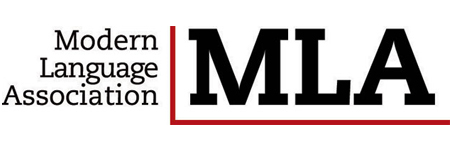The Safavids-Musa’shasha Conflict: An Analysis of Political, Sectarian and Social Transformations
DOI:
https://doi.org/10.24082/2024.abked.473Keywords:
Safavids, Shah Ismail, Musa’sha, Huwayza, IsnaashariyaAbstract
The Shiite movements that emerged in the 14th-15th centuries were important dynamics that shaped the political, social and religious structures in the region. Groups such as Hurufism, Musha’shaha, Ahl al-Haqq, and Safavids developed an approach that questioned not only sectarian values but also political authorities. Among these movements, the Safavids, especially after Shah Ismail came to power in 1501, adopted Isnaashariya as the official sect of the state and focused on building a religious identity and providing social support. This process paved the way for the clash of different sects and ethnic identities and formed the cornerstones of religious and political transformations in the region. In the process of this conflict, the Safavids and the Musa’shasha were movements that were formed in the context of political, social and cultural conditions and underwent changes and transformations under the influence of these conditions. The rivalry between the Musha’shasha and the Safavids sharpened both groups’ quest for legitimacy and doctrinal discourse. While the Safavids seized power, the Musha’shas tried to establish their own legitimacy by making effective propaganda among the people in places such as Huwayza and Irak-ı Arab. As a result, these dynamics have led to sectarian differences becoming more pronounced and political interactions enriched.
In this article, while comparing the Safavids and Musa’shasha, it will be tried to make evaluations on a few basic points. One of them focuses on how the Safavid leaders established religious authority, their ideological foundations, the practices made to impose Isnaashariyya Shiism, their ability to form political alliances and the supporting masses; It will be tried to analyze what kind of reactions the Musa’shasha developed against the Safavid rise and the dynamics through which these reactions were shaped, how they tried to gain their own propaganda strategies and social support. While comparing the propaganda and legitimacy of the Safavids and Musa’shashas, the process of the Safavids seizing authority and the policies developed by the Musa’shashas against it will be tried to reveal the religious and political dynamics of the period.
Downloads
Downloads
Published
How to Cite
Issue
Section
License
Copyright (c) 2024 Journal of Alevism-Bektashism Studies

This work is licensed under a Creative Commons Attribution-NonCommercial-NoDerivatives 4.0 International License.








